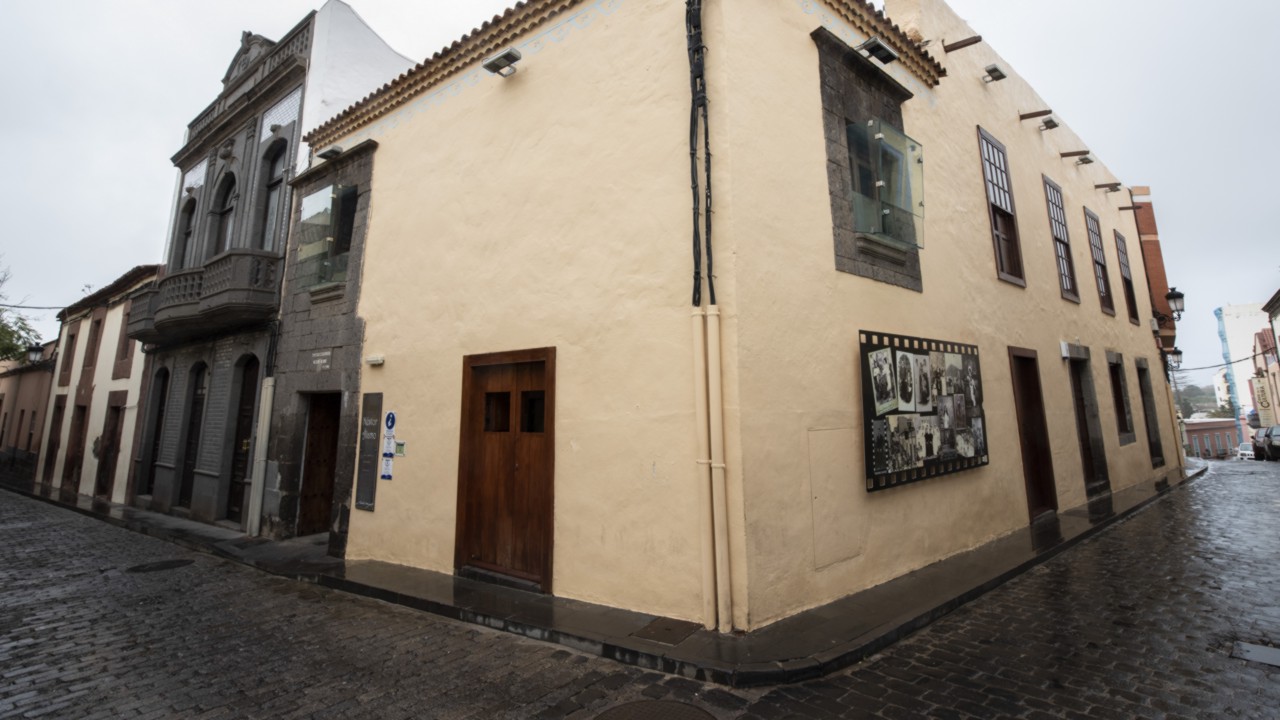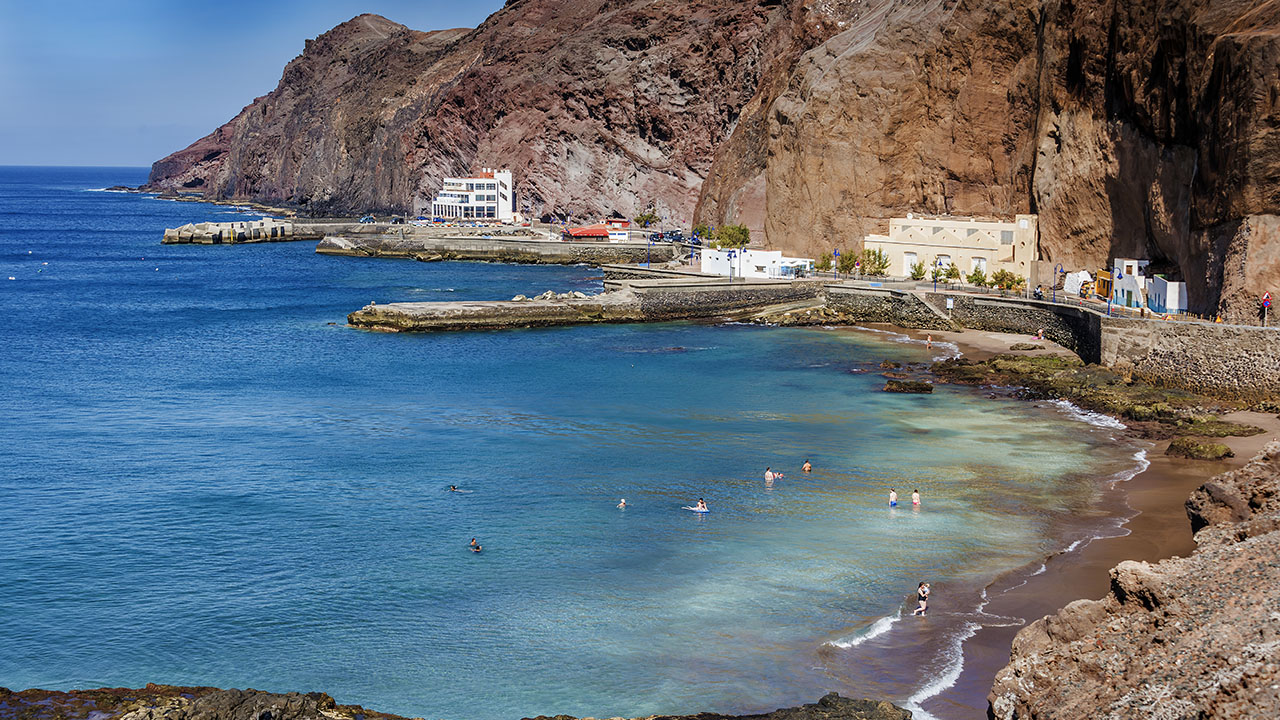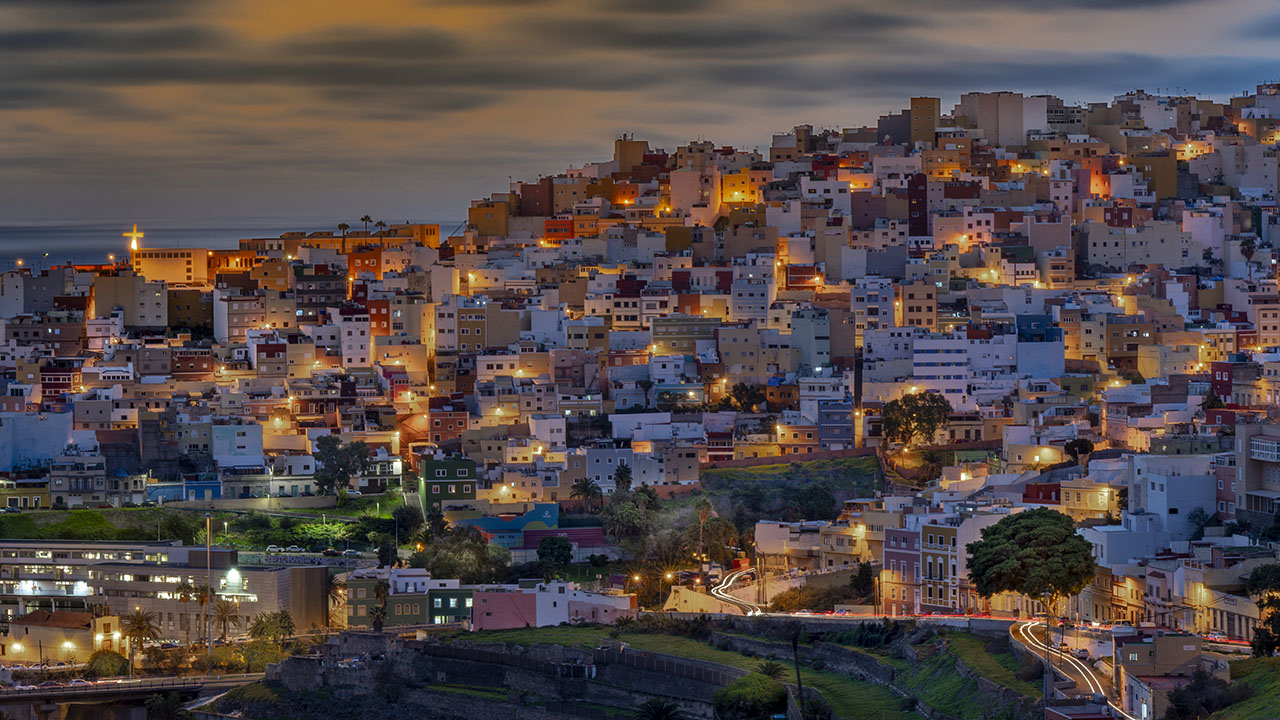The musical cradle of Gran Canaria
The Néstor Álamo Museum is set in a beautiful 17th century building, and highlights the life and times of the composer and historian, author of timeless melodies.
It is always time for music here. The hands of the wall clock point to five o’clock, perhaps as a sign to someone who overcame the barriers of time, leaving behind an immortal legacy. Under the clock is a cradle, now covered by a white veil, where Néstor Álamo, this kind of Rennaissance creator, musicologist, historian and many other things besides, spent his first few days and months. Nowadays it is impossible for a musical band to conclude their repertoire without one or other of the songs composed by this author ringing out, born in 1906 in Santa María de Guía, in Gran Canaria.
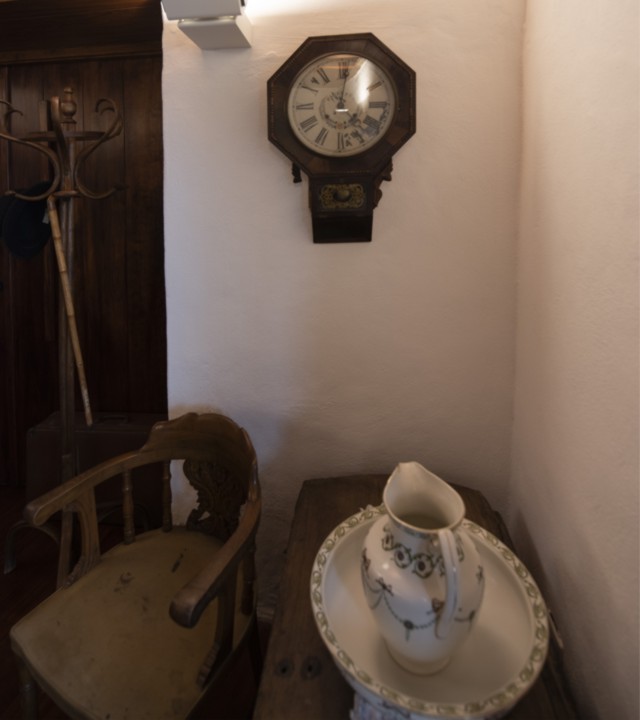
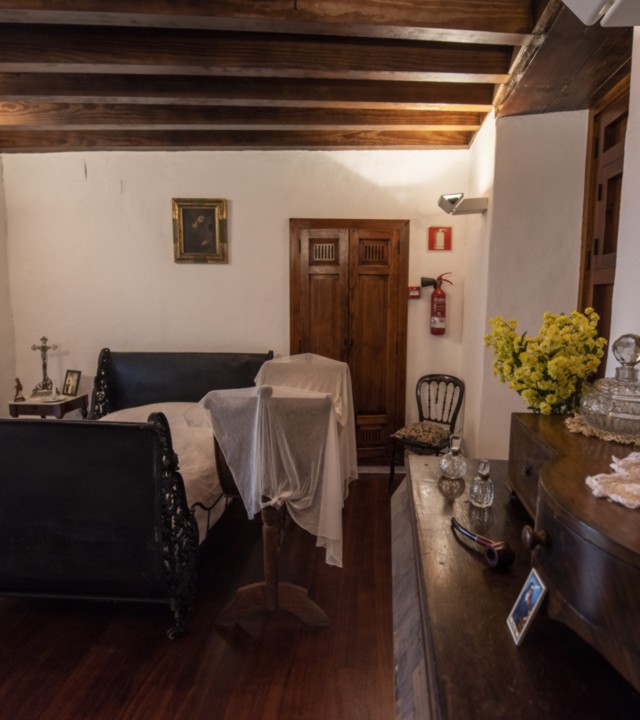
The birthplace for this fine music was at this traditional 19th century building, recreated in the time of the author with the original furniture, featuring the matrimonial bed with forged filigrees. The modern day Néstor Álamo Museum is located in the historic town centre of Santa María Guía, declared a Historic and Artistic Monument. It strings together the musical history of Gran Canaria and the Canaries, whose common thread is none other than this slight figure of a composer who becomes a huge figure through his work. That little baby had a great history inside him in the form of written texts, but above all within the lines of a stave.
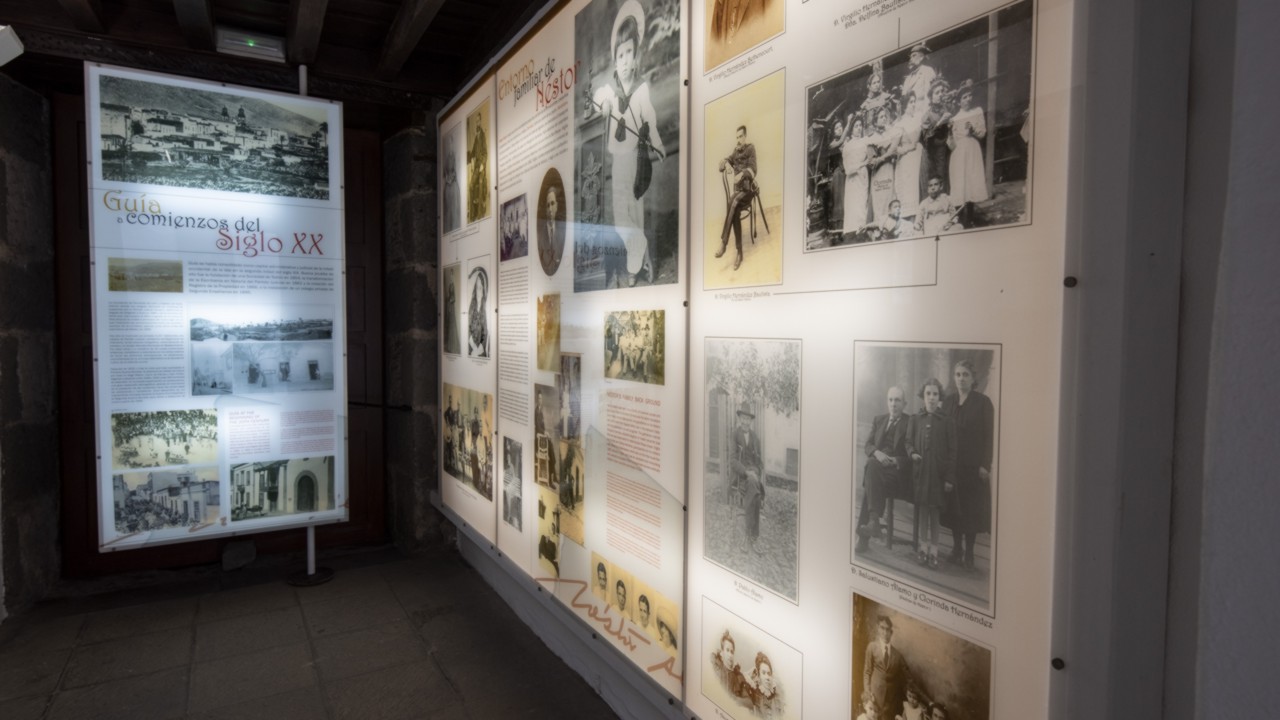
Photos of Néstor as a boy and young man showed he had the look of a dreamer. In his case, these dreams were turned into songs that form part of Gran Canaria’s cultural tradition, with numbers such as ‘Shadow of the Nublo’, ‘The Petticoat’ and ‘The Alpispa bird’. Here, visitors have the opportunity to contemplate the original musical scores which led to melodies that are commonly heard all over the island today, as these music sheets flew straight into people’s hearts and to immortality. A song by Néstor is like a beach made up of musical notes, in other words, yet another part of the island.
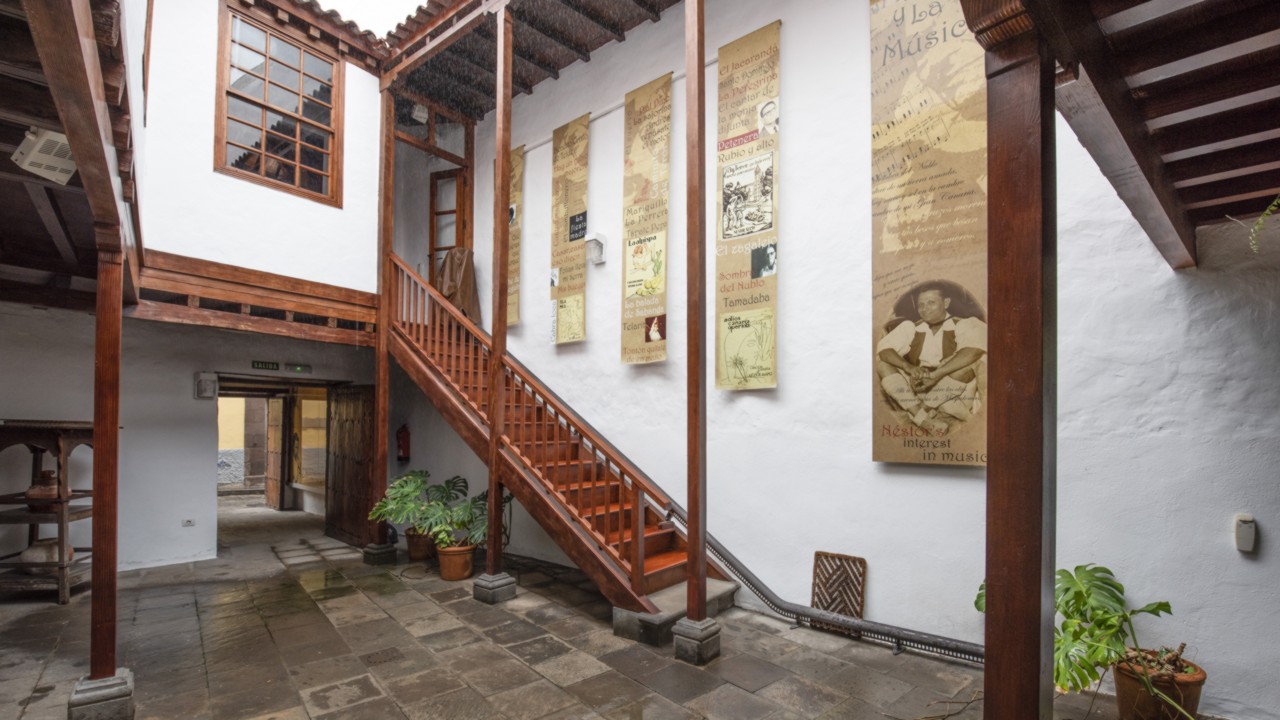
The Néstor Álamo Museum occupies two floors of a typical, traditional 17th century Canary house, lived in by his family from the 19th century onwards, whose exhibition also includes the dining room and kitchen. The area highlights the intense activity undertaken by Néstor in the fields of literature, research, ethnography and the recuperation of traditions, among these the starting up of the modern-day pilgrimage to Teror in honour of the Virgin of El Pino. He also worked in architecture and design, participating decisively in emblematic buildings such as the Columbus House Museum in Las Palmas de Gran Canaria. Wherever he placed his talent, beauty grew from it.
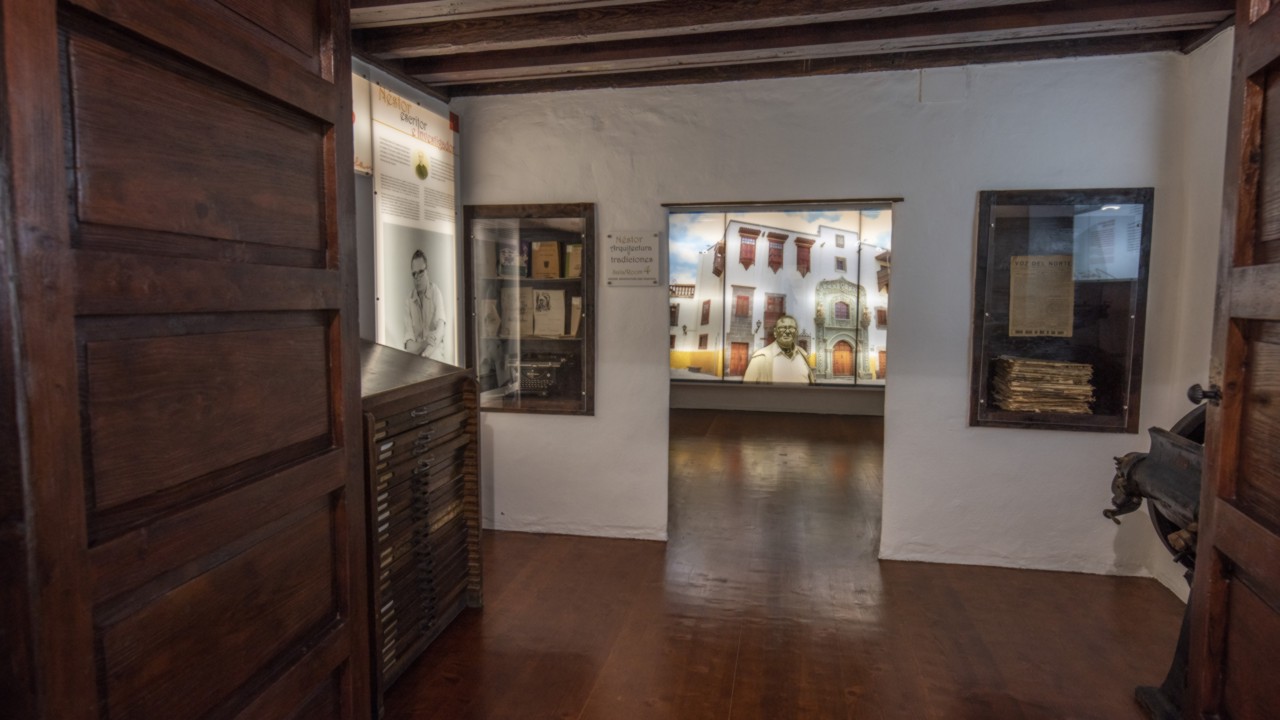
With Néstor as the linchpin, the museum embarks on an exciting journey around the island’s musical traditions which started out some two thousand years ago, with the sounds of the islands’ early dwellers, through to today with the so called New Song of the archipelago. One of the most striking rooms here exhibits musical instruments, some of which are highly unusual, such as idiophones, wind instruments and string instruments, whose sounds can be heard via a multimedia facility. Wherever Néstor is, music will always be ringing out, although he himself proclaimed silence, in a famous epitaph laden with humility: “Those who knew me knew who I was. As for the others, what is there to know? Now I am trying to rest. Silence!”.
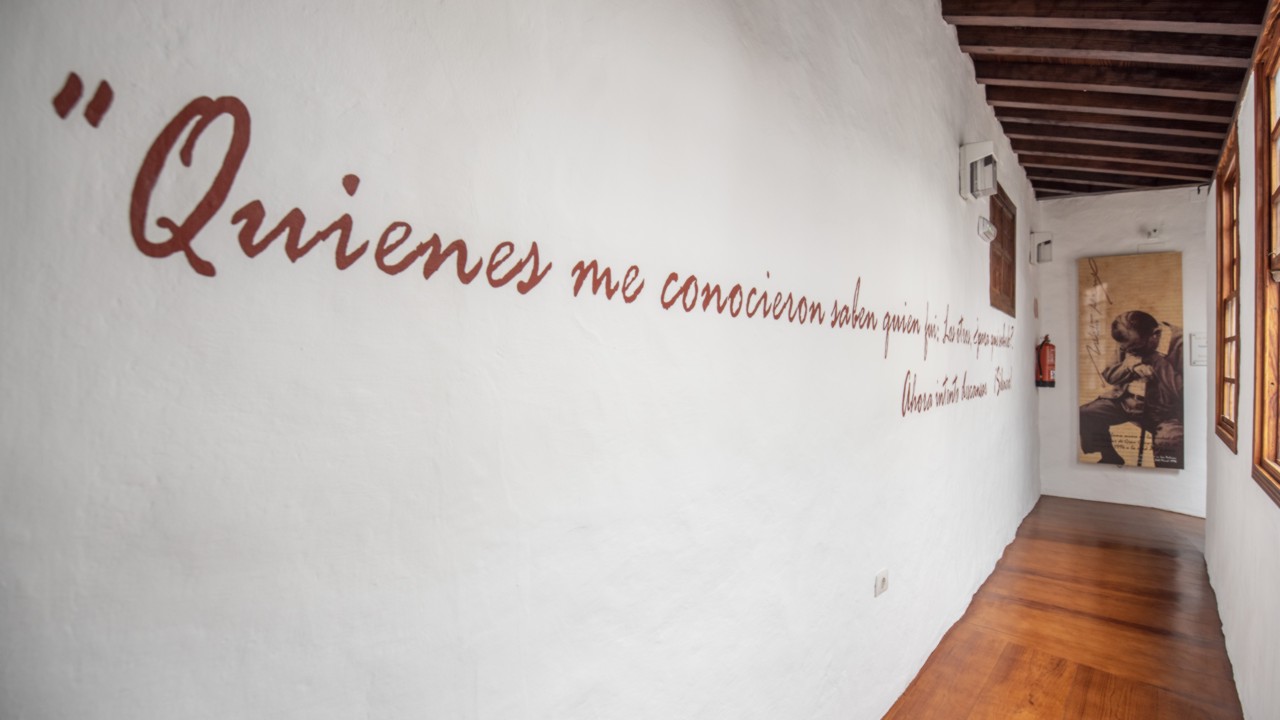
The Néstor Álamo Museum can be both our arrival or departure point for a highly recommended walk around the town centre of Santa María de Guía. A stroll around its streets enables visitors to glimpse the beauty of its buildings that take us back to the splendour of yesteryear. Among these fine constructions is the Parish Church (constructed between the 17th and 19th centuries), with its Baroque façade flanked by two neo-classical towers, housing in its interior important works of art, such as altarpieces and figures carved by Guía-born sculptor José Luján Pérez. Other highlights include the Casa de los Quintana (a stately building dating from the 16th century) and the Hermitage of San Roque (from the 17th century, restored in an eclectic style in the 19th century).
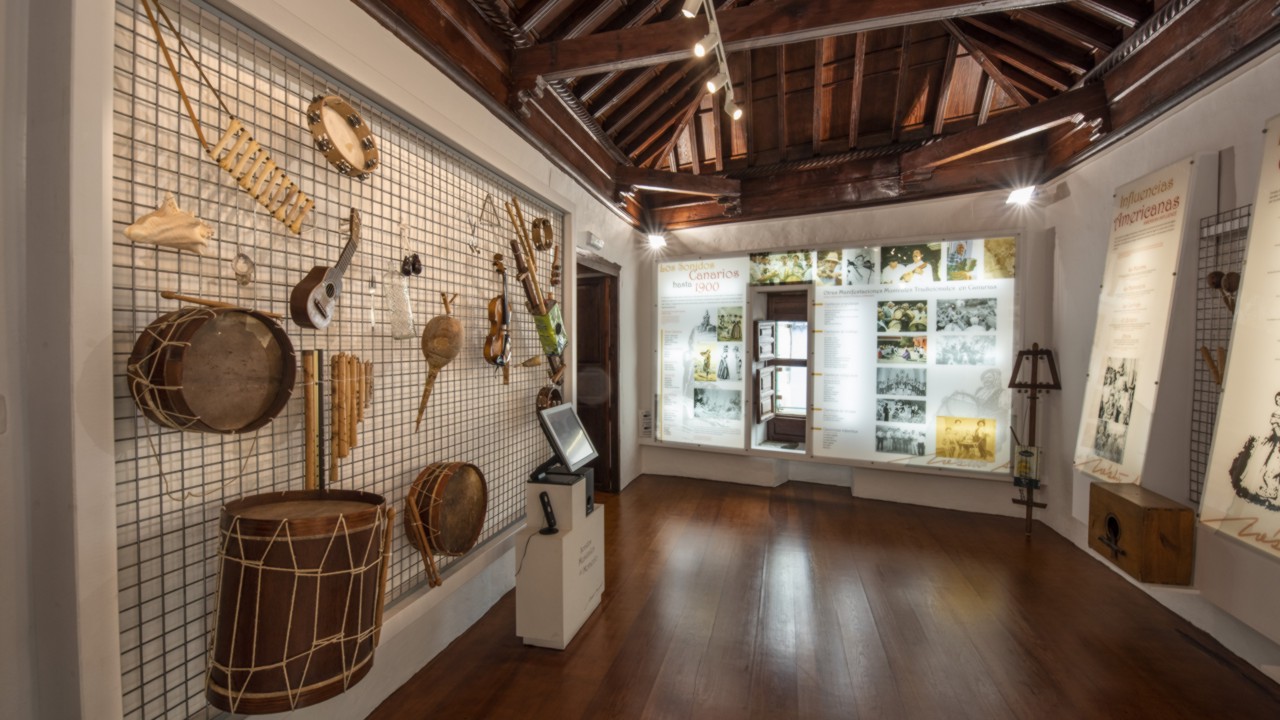
The melody is not over yet. Other places of interest worth visiting in the town centre include the bakery where typical Guía pastries are made; arts and crafts workshops where visitors can learn about the manufacturing process of Canary knives with their handles made out of goat’s horns, wood carving, plus other establishments where visitors can sample proverbial Guía cheeses. All around the tour there are many splendid examples of varied architectural styles, with Gran Canarian façades and neo-classical architecture, together providing the setting for a tale of times gone by, in one of the finest manifestations of the archipelago’s architecture.
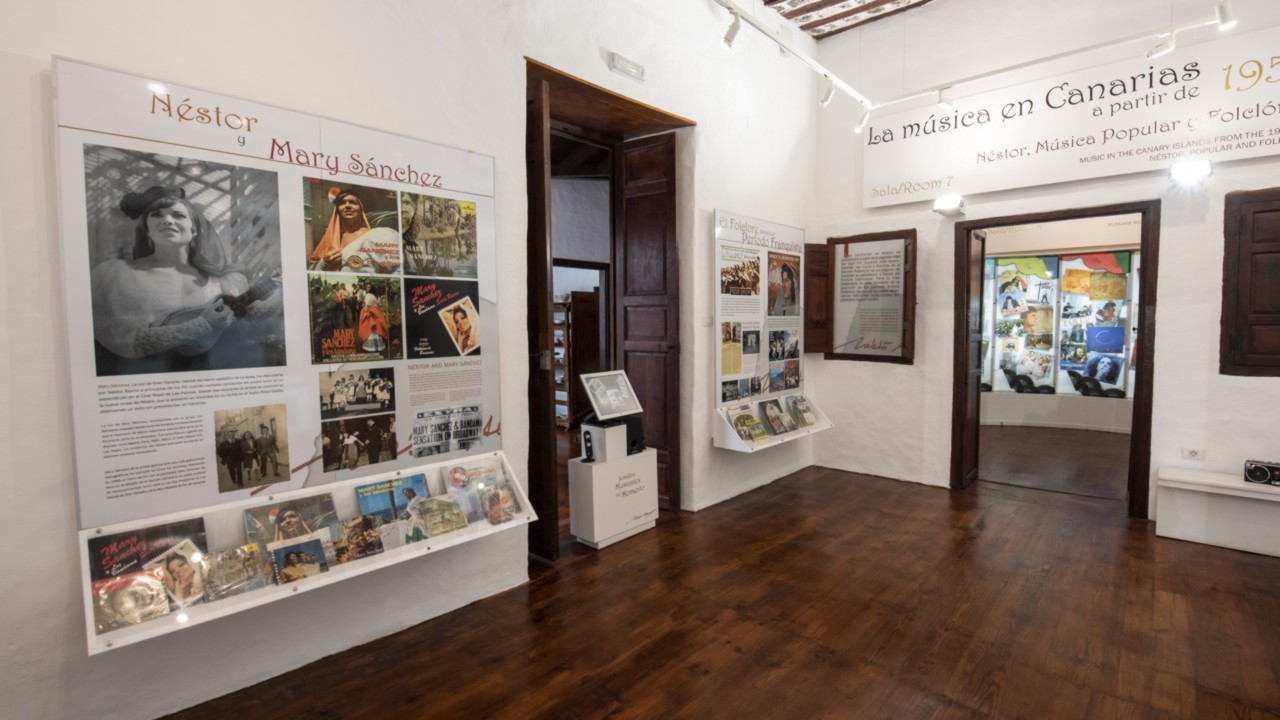
There you have it. Santa María de Guía sounds great, tastes great and looks great. It is multifaceted, like Néstor, and is able to bring time to a halt.
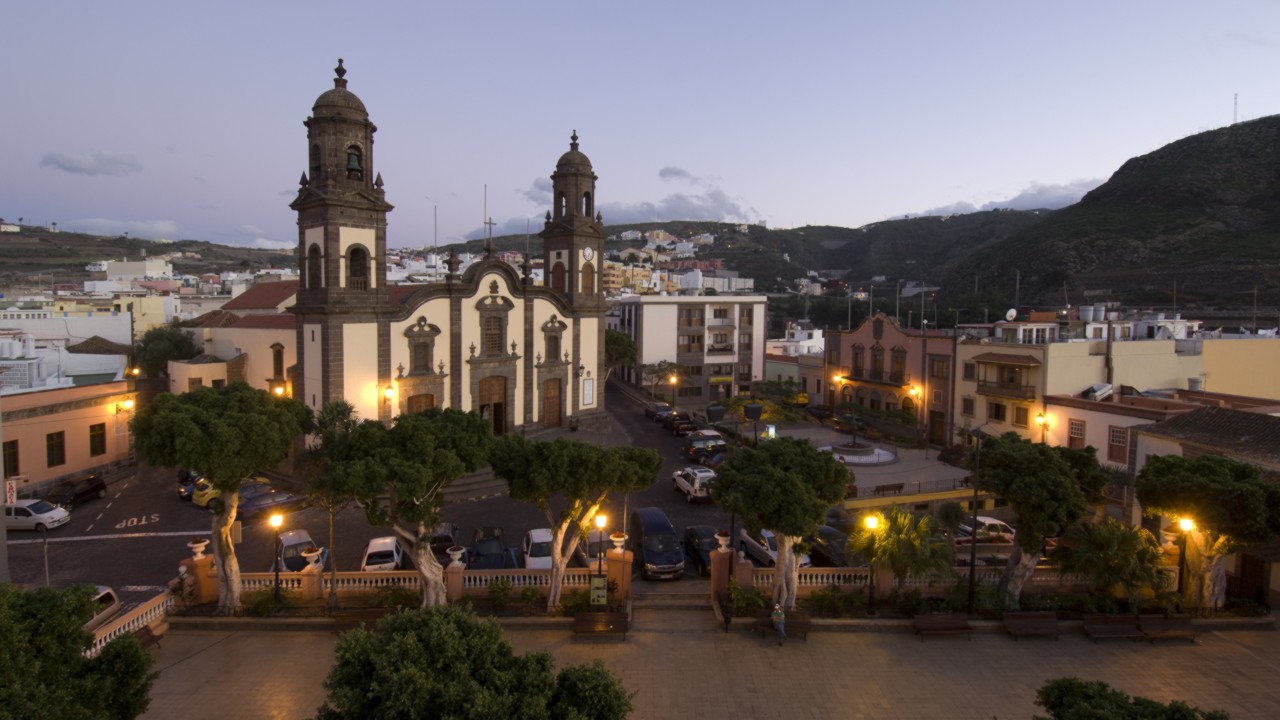
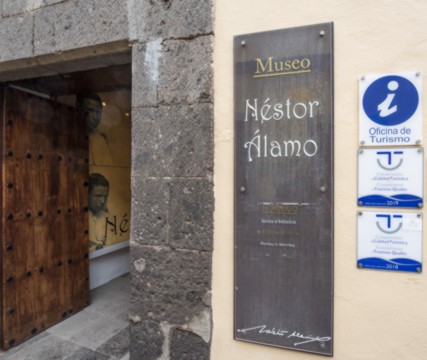
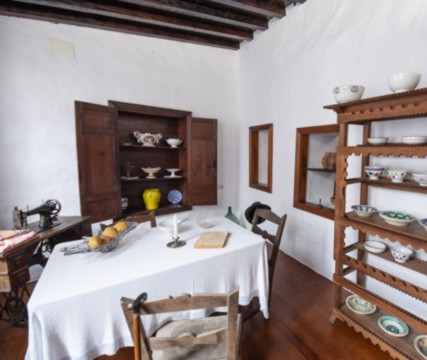
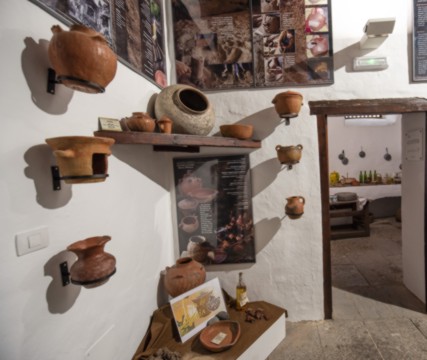
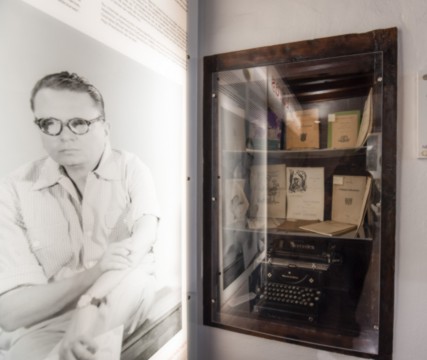
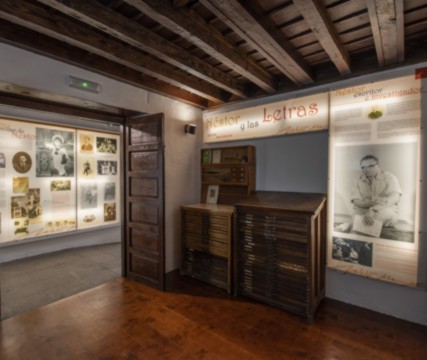
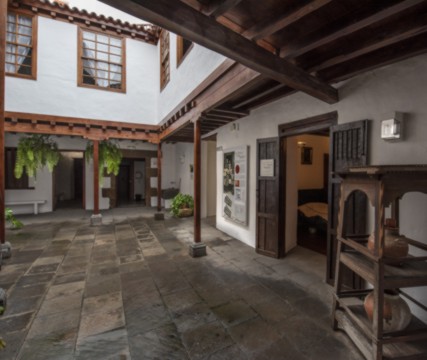
More useful information on the Néstor Álamo Museum Website.

